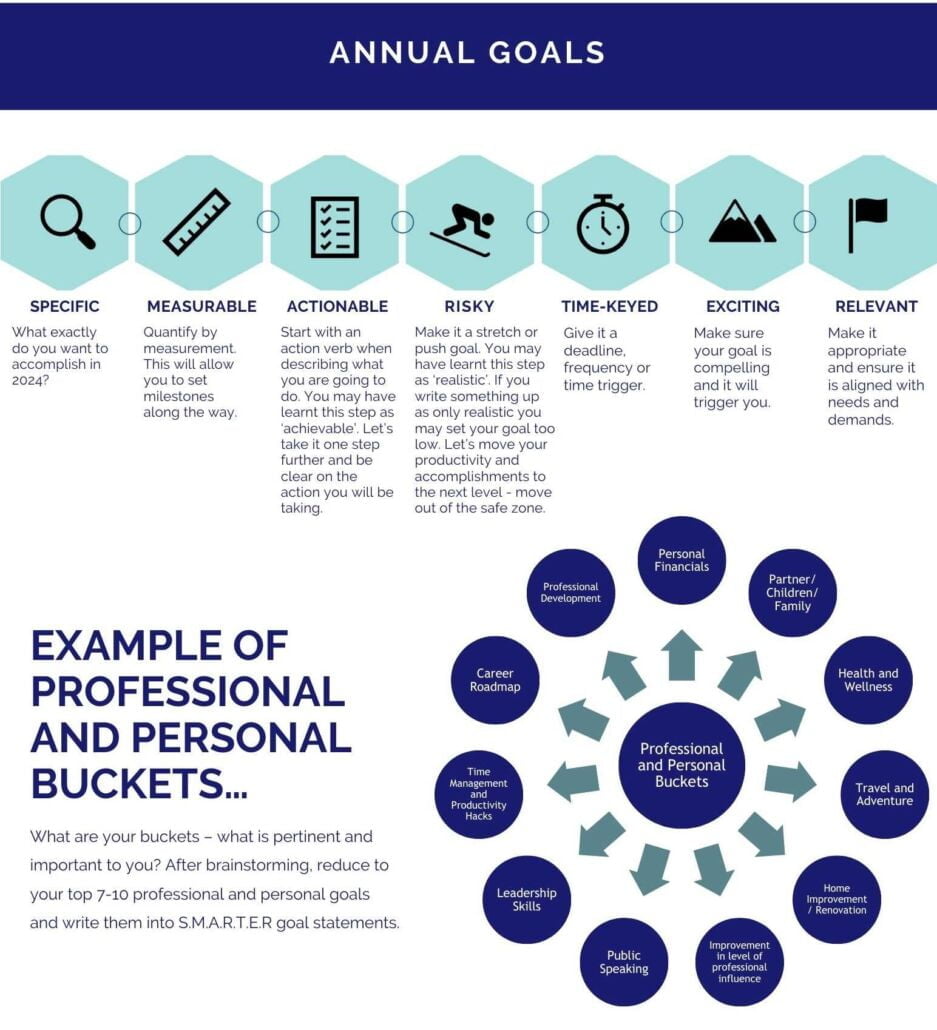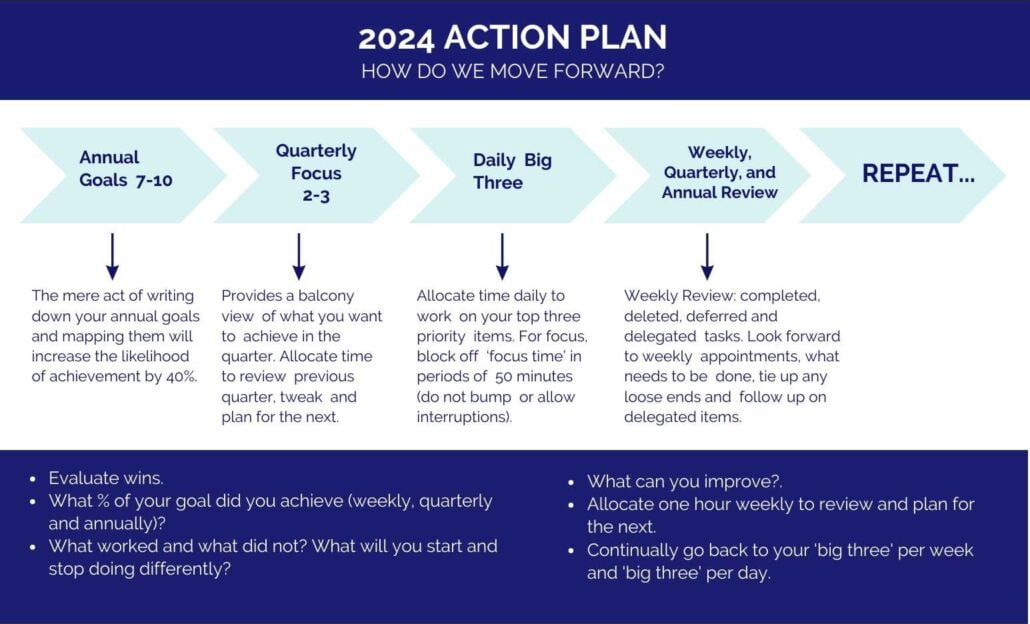Enhancing Your Leadership: The 8 Vital Traits You Must Embrace
As a leader, you must be a changemaker. To run your business or lead your team like you did twelve months ago is to set yourself up for some challenges. We need to stay agile and nimble and pivot when necessary. Doing so will help you recognize opportunities, address issues and prioritize your actions accordingly. The following leadership traits are the ones that you can focus on that will help you progress in your role:
1. VISIONARY:
Cultivate and communicate a clear and inspiring vision to help guide and motivate your team.
2. EMPATHETIC:
We all have different levels of emotional intelligence. Determine how to develop a deeper understanding of your team’s emotions and needs and respond with support.
3. ADAPTABLE:
Foster an environment for your team members whereby they are motivated by innovation and continued best practices to help them improve in their roles, which in turn will result in improved team and organizational results.
4. HUMBLE:
Acknowledge your limitations and share credit with your team members.
5. ACTIVELY LISTEN:
Be attentive in conversations, stop multitasking and give your full attention. When you are fully listening, you will be more able to be curious, ask clarifying questions, and seek to understand rather than give an answer or immediately solve a problem.
6. POSITIVE THINKER:
Some see a glass half full while others will see the same half empty. When we can demonstrate and practice optimism with our team members, they will, too. This will help develop resilience, enable you to take the emotions out of a situation, stick to the facts, and encourage a culture of optimism that will make it a better workplace.
7. RELIABLE:
When you are consistent and persistent in your actions, you will be known as reliable, and that, in turn, will increase the trust factor within your team.
8. GENUINE:
Nothing is worse than someone trying to be someone they are not. Be true to your values, communicate your expectations and be clear on the objectives and results you need in your team or business.
Want more support in your leadership journey? Book a complimentary 30-minute consultation to find out how Jenny Reilly Consulting can help you. Or, please email askme@jennyreilly.com to coordinate a convenient consultation time.







